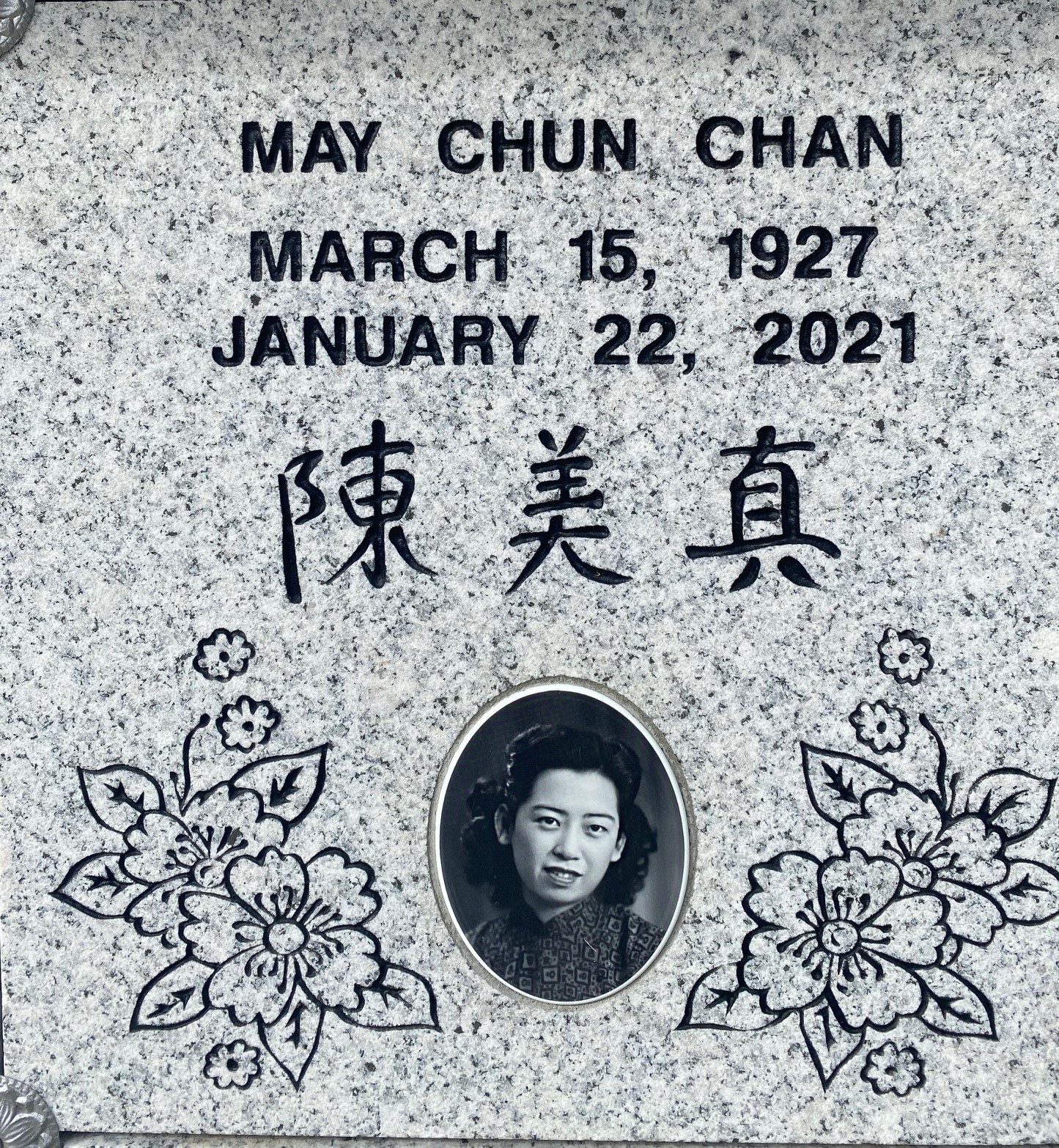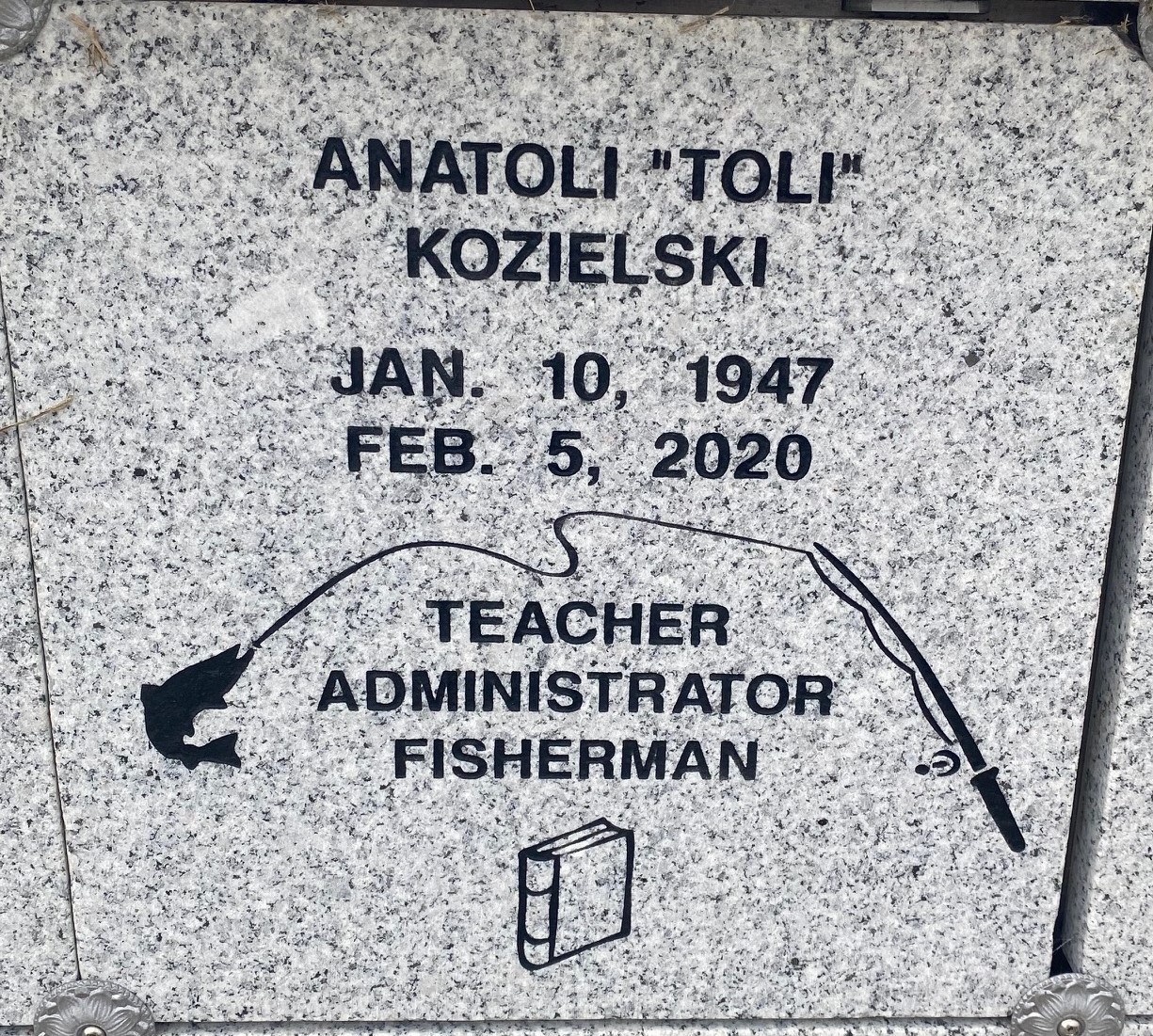A niche cover plate can include names, dates, quotes, symbols, international lettering/characters, as well as simple clip art (shown below). Black and white & color photos can also be included for an additional $250 per photo.
Cache Creek Monuments handles all shutter cover engraving. Engraving requests should be emailed to your cemetery staff contact who will respond with a proof prior to authorizing the engraving.
 |

|
 |
 |
Once interment has occurred and the family has left the immediate area, cemetery employees will begin the backfill process.
- Graves are backfilled the same day, by close of business. Cemetery employees will start by backfilling with fill dirt.
- Any flowers left after the service will be placed on the grave along with a temporary name marker.
- Over the next 10 days, cemetery staff will add fill dirt as the grave settles and reseed for turf.
- Depending on the season, location in the cemetery, and wildlife, grass will begin to re-grow in 30 – 120 days.
- If a headstone was removed in order to accommodate a 2nd interment, it will remain in our yard for 30 days in order for the grave to properly settle.
- Once you have ordered a headstone, the monument company will contact our office to schedule installation.
- Inground vases can be placed to the left and right of the headstone and are available for purchase in the cemetery office.
The district requires a 48-hour notice to open a grave. If interment must occur prior to the 48-hour notice for religious reasons, we will do our best to accommodate the request.
- If the grave has already had an interment take place, the headstone will be removed and placed in our yard.
- Plywood will be placed over the gravesite until the morning of the service at which time the grounds crew will remove the plywood and set up the graveside service as requested.
- Graveside service setup will be completed one hour prior to the start of the service.
- At least one cemetery employee will be onsite during the graveside service to assist the family.
No. While we do offer Veteran interment options, the regional Veterans cemetery is the Sacramento Valley National Cemetery, located in Dixon, CA.
Address:
5810 Midway Road
Dixon, CA 95620
Phone: 707-693-2460
FAX: 707-693-2479
Well behaved dogs are welcome on our grounds as long as they remain on a leash at all times. There are waste receptacles throughout the cemetery and dog owners are expected to clean up after their pet. If your dog is off leash or disruptive to our work, you will be asked to remove your dog.
There are several ways to locate a loved one.
- Utilize our burial search tool found here
- Visit our office M-F 8am – 3pm and speak with any staff member for assistance
- Call (530) 756-7807 and we can provide you the location over the phone
- Scan the location QR code on the main office door or throughout the cemetery
A single urn can measure 10.5″ x 10.5″ x 10.5″
Two urns can measure 10.5″ x 10.5″ x 6″
Gallery 1855 is a local gallery featuring a number of internationally recognized artists from the Cemetery district. Located on the historic grounds of the Davis Cemetery District, it was named Gallery 1855 in honor of the first recorded interment. The gallery is open weekdays between 9:00am and 3:00pm.
Beginning February 2025, we will pause exhibits while the District reviews our outreach activities.
You will work with a local monument company to design a marker. There are several monument companies in the area that have done extensive work at our cemetery. A complete listing can be found here.
Yes, the district offers a fiscal year (July – June) payment plan which provides up to 11.5 months to pay, depending on when you enter into contact and when the burial occurs. Payment must be made in full prior to the first burial.
Examples:
If you enter into contact on July 1st, you have until June 15th of the following year to complete payment.
If you enter into contact on January 1st, you have until June 15th of the same year to complete payment.
The district gladly accepts cash, checks, cashier checks, Visa, and MasterCard.
Entering into a pre-need contract is the best way to assure your burial wishes are followed. In the absence of this, clear, written instructions should be given to the person who will be responsible for your funeral and cemetery arrangements. In California, these written instructions are not legally binding. Under current law, the final decision will rest with your executor(s), even taking precedence over the nearest relative’s choice. It is important, therefore, to choose a person whom you can trust to carry out your wishes.
Interment rights held by a person who dies become part of the estate of the deceased. It is, therefore, important to contact the Davis Cemetery District as soon as possible following the death of the interment rights holder to establish burial rights.
No. The Cemeteries Act prohibits the private resale of interment rights. You may, however, transfer your interment rights to a third party. This would require you to surrender your plot deed to the Davis Cemetery District so the transfer of ownership may be properly documented.
If the interment rights holder chooses to sell his/her interment rights back to the District, the District will refund the original purchase price, less the endowment fee paid. For plots purchased in sections A-N, which were less than $500 at the time of purchase, the District will provide a flat refund of $500. Again, the endowment fee is non-refundable.
Please contact our staff for further details.
You may designate for future use of both interment space and inscription space on an existing memorial. Allocations may be changed or canceled at any time by the current interment rights holder(s). Again, any such allocation must meet the eligibility requirements as set forth in the California Health and Safety Code.
Yes. Anyone may be interred in any grave with the permission of the interment rights holder(s) provided they meet the eligibility requirements laid out in the California Health and Safety Code.
The Davis Cemetery District offers a variety of ownership types.
Sole Ownership: Sole ownership means one individual, the interment rights holder, owns the interment rights. Upon the death of the interment rights holder, his/her estate retains ownership of the interment rights. Any future interments, transfers, etc., would require legal documentation to be filed with the District.
Joint Ownership: Joint ownership is when there are two or more individuals owning interment rights. Upon the death of an interment rights holder, the surviving interment rights holder, his/her estate retains ownership of the interment rights. Again, any further activity with these interment rights will require the filing of legal documentation with the District once the final interment holder has passed. Legal requirements and the Cemeteries Act require us to obtain written authorization from the interment rights holder(s) for permission and/or direction before any interment rights can be utilized.
Trust Ownership: Trust ownership is when a person purchases plots and places the plot within their trust. The executor of the trust holds the interment rights of the plots.
Yes, interment rights can be owned by more than one person. A second interment rights holder can be added at the time of plot purchase or at a later date. Interment rights can also be placed in the name of a trust. Trust documentation must be provided to the district to ensure appropriate designations are being followed.
You are welcome to light a candle or incense while visiting the gravesite, provided you extinguish it and take it away with you. Please do not leave a burning candle or incense at the grave when you leave. An unattended flame poses a safety hazard to both visitors and staff, as well as to the surrounding property.
Natural and artificial flowers may be placed on graves providing appropriate containers and Agrosoke are used. Please use plastic containers, as glass or pottery is easily broken and becomes a safety hazard to both visitors and staff. Flower containers should not extend beyond the headstone area. During mild weather, district employees mow the turf areas at least once a week and must be able to operate the large riding mowers efficiently. This often means removing large floral arrangements that spill over beyond the vicinity of the monument. Please note that mosquito control regulations require that Agrosoke gel must be kept in all containers at all times. It lasts for more than a year and we will replace it when it needs to be replaced. You can get the gel for free from our office.
The memorial can be ordered as early or as late as you like however, we recommend waiting at least 2 weeks for a cremation burial and 4 weeks for a full body burial to give the ground time to adequately settle.
No. The Davis Cemetery District does not mandate the placement of a marker or monument on a grave site. In general, we do not permit the placement of a marker or monument on a grave site until at least one interment has been done into the plot in question. Should a family choose to have a marker or monument installed on a plot, the District reserves the right to regulate the size and most aspects of how the monument is set. Please contact the office for up-to-date marker regulations. The California Health and Safety Code prohibits public cemeteries from participating in the sale of markers and monuments.
The cemetery will place a temporary marker at the time of interment, which are string trimmed for one year.
The interment fee includes administration and permanent record-keeping (determining ownership, obtaining permission and the completion of other documentation which may be required, entering interment particulars in the interment register, maintaining all legal files); opening and closing the grave (locating the grave and laying out the boundaries, excavating and filling the interment space); leveling, tamping, re-grading and sodding of the grave-site; leveling and re-sodding of the grave after the earth settles. The fee also includes the use of chairs (50 max), canopy, small table, podium, and sound system, if needed for graveside service. Any other supplies/and or services which may be required at the time of an interment would be an additional cost.
The Davis Cemetery District manages an Endowment Care Fund to ensure there will be resources available to maintain the cemetery in the future. The establishment and management of an endowment care program is mandated by the California Health and Safety Code. It is our objective to care for and maintain our cemetery in a manner in which the community can take pride. We set aside more than the minimum required by law, to ensure that essential services are provided at the standards you expect and to which you are entitled. Regular care and maintenance activities include: mowing turf, string trimming, pruning trees and shrubs, repairing and expanding irrigation systems, roads and drainage systems, etc.
When you purchase cemetery plots you are purchasing the right to designate who may be interred or entombed in the plot. The plot itself remains the property and responsibility of the District. A plot holder is often referred to as the interment rights holder. As the interment rights holder, you also have the right to place a marker or monument, the size of which is subject to District rules and regulation. All interment rights are subject to the cemetery rules and regulations, as well as the California Health and Safety Code.